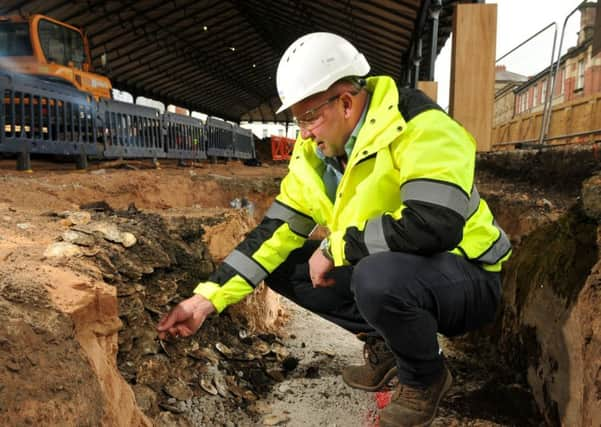Fishwives' castaways shellshock workmen


Instead of clearing up their empty oyster and cockle shells and taking them home after a day’s busy trading, they simply threw them in a hole in the ground.
Now, during foundation works for the new indoor market hall, workmen have uncovered thousands of shells in pits beneath the old cobbles. And historians say they are at least 140 years old, dating back to Victorian times when fishwives from Southport used to sell them by the ton to the poor people of Preston.
Advertisement
Hide AdAdvertisement
Hide AdThe locations of the shell pits tie in, say Preston Council experts, with sections of the covered market where the shellfish stalls were regularly situated.
The find was uncovered when construction workers began digging out trenches for the ground beams on which the new £3m market hall will stand.
And because they were found under the original cobbled flooring of the covered market - built between 1870 and 1875 - the oysters and cockles would have been enjoyed by shoppers even before Benjamin Disraeli became Prime Minister.
Yesterday Preston Council and construction company Conlon allowed the media onto the site to capture the shells on film. Some have been taken off site and will be put on display at the Harris Museum’s Discover Preston gallery as part of the market feature. The rest will be covered over as the new market hall is built on top.
Advertisement
Hide AdAdvertisement
Hide AdOysters and cockles were firm favourites with working class folk in Victorian times as a cheap source of protein when meat and fish were hard to come by and more expensive. They were sold in the covered market until the new fish market was built across the road in 1924.